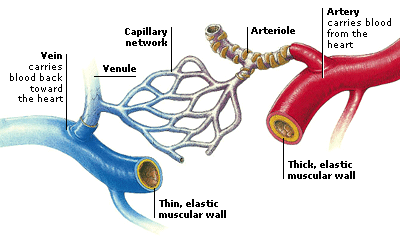Digestive System word search
Learn the names of the parts
Haere maiHow can we help?
Te Whatu Ora - Health New Zealand, Te Matau a Māui Hawke's Bay takes great care to see to it that material accessible from this site is of value to educators and represents "best practice" in terms of unbiased and well-informed content.
However, Te Whatu Ora, Te Matau a Māui Hawke's Bay cannot be responsible for material which is posted onto other websites which are linked to this one. If you are concerned that material here is inappropriate for whatever reason, please use the "submit a revision" button to let us know.
Learn the names of the parts
Our topic for today is the Digestive System in Humans.
Digestion is a process in which complex food material is broken down into simpler substances.
The digestion of food in humans takes place in the alimentary canal, which is a long tube extending from the mouth to the anus.
Do your own experiment and become a scientist and discover the inner workings of your digestive system.
Learn the names of the parts
This resource has been developed to support schools who are looking to include a strong Hauora strand in their local curriculum.
Calculate how much energy you should eat each day - and see the effect if you exercise more or if you are trying to lose weight.
Energy requirements vary with age, gender, body size and activity levels. The Energy Requirements Calculator estimates your daily energy requirements for good health based on what your body needs for breathing, circulating blood, digesting food and physical activity. This may change from day to day. Any energy intake above the estimated requirement is likely to result in weight gain.

Ideas for teachers, order online with your school number and password or email ORDERS@MINEDU freephone 0800 660 662 freefax 0800 660 663
Posters and Teaching Resources - Life Science
The classroom is a great place to teach dental care and oral health to kids. Help children learn the healthy habits that bring a bright smile and a bright future with this simple dental hygiene curriculum. Teachers have access to dental care material to encourage students to learn how to take care of their mouth and teeth.

Cavity Free Kids is oral health education for young children – from birth through age 5 – and their families. It is designed for use in Head Start and Early Head Start, child care, preschool, home visiting, and other programs. Cavity Free Kids includes a rich collection of lessons, activities, stories, songs and other resources that actively engage young children in fun-filled, play-based learning and help parents practice good oral health habits at home.
Get experimental with exercise and find out how well your heart is working and how fit you are.
Units, plans, resources for Teachers
Bones provide support for our bodies and help form our shape.
Muscles pull on the joints, allowing us to move.
Joints are where two bones meet. They make the skeleton flexible — without them, movement would be impossible.
Underneath our skin are lots of things that make up our body. Two of these are bones and muscles. Bones shape our body and help us to stand up straight. Muscles are attached to bones; they help us walk and run and smile.
All the bones in our body make up our skeleton – from the top of our skull to the tips of the phalanges at the end of our toes. Muscles stretch across our bones and are attached with tendons. We use both our muscles and our skeleton to stand, write and even turn the pages when we’re reading a book.
Calculating body Mass Index has long been seen as a way to estimate your total body fat. But there are issues around the use of BMI. Thankfully there are alternatives. Read here to learn more.
Label the parts
Better Health is a great entry point for a range of healthy eating and balanced diet related materials from Victoria State Govt, Australia. Contains recommendations and detailed information on all aspects of food and a healthy diet.
The formal rules for running a beep test
The Be Smarter tool was developed as part of Project Energise. A valuable tool to engage children and whānau to goal set.